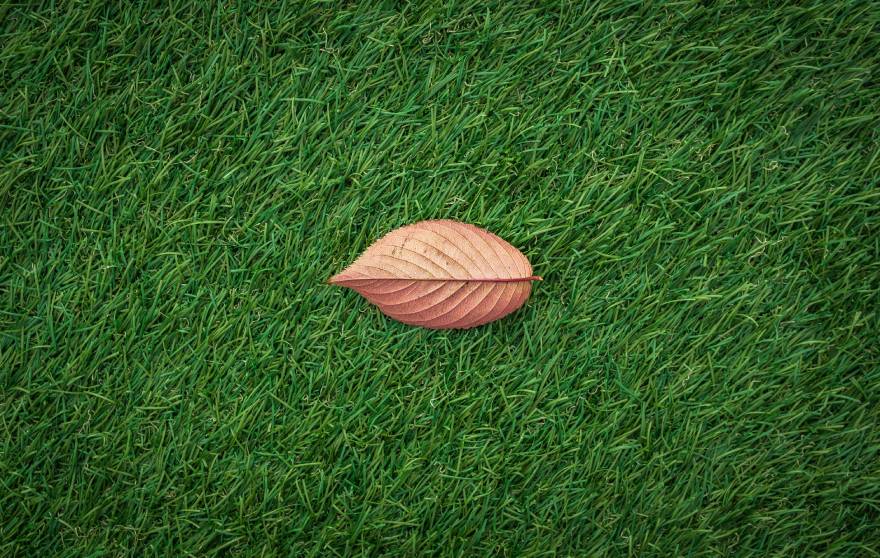It is no secret that a beautiful and well-kempt yard adds aesthetic appeal to a house. It is lovely to spend evenings with your family in the lush green lawns. You must have heard that beauty comes with a price. Natural gardens or lawns need a lot of hard work for their maintenance.
Our busy life schedules make it a bit difficult to adjust lawn mowing times. Introduction of artificial grass resolved the problem many years ago. In the beginning, it was not much appreciated as it had a fake look. With the improved technologies in hand, artificial grass has come a long way from unnatural turf to amazingly “real” grass.
Read Also: 7 Indoor Plants That Are Good For Your Health
Let us look at the different types of synthetic grass available in the market.
Synthetic Grass Types Based On Material
Table of Contents
Synthetic grass is commonly made up of three materials. As the industry is growing better synthetic materials are being used to make “most natural-looking” turfs with better durability.
-
Polyethylene
The most popular artificial grass material is polyethylene. It seems nearer to natural grass in terms of look and comfort. It comes in amazing green colors and various textures. Polyethylene grass is installed in national and international sports grounds. It can withstand a lot of traffic for quite a long time. As it is non-porous it does not hold odors.
-
Nylon
It is the most expensive synthetic grass type and the most durable. Nylon fibers are tough and are not suitable if they are installed in the kids’ playground. Owing to the toughness, it can stand heavyweights. It is suitable to be installed in hot areas as it does not get affected by the temperatures.
-
Polypropylene
Polypropylene grass is only suitable for decorative purposes. It is the cheapest option but can melt the can down at high temperature. If it is installed in the high traffic area, it soon loses its even green look and bald patches appear. The synthetic turf is softer and is sometimes chosen to practice games individually. It is easy to install and replace.
-
Mixed
Some of the areas demand features of more than one synthetic grass type. This is attained by making mixed material grass turfs. Nylon is mostly used to strengthen the polyethylene turfs. It is used as a secondary thatch to give structure. The final product is better looking and more comfortable.
Synthetic Grass Types Based On Various Features
While you are choosing synthetic turf for your home, you must look for certain features depending on its intended use.
-
Non-Flammable
If you love outdoor barbeque parties and often set grills in your yard, you should buy non-flammable grass. Normal synthetic fiber can easily catch fire and lose its structure. This will be a much safer option for you and your family.
-
Frost and Heat Resistant
Grass patches intended to be installed outdoors should be heat and frost resistant. Temperature swings are known to damage artificial grass fibers. Only quality products with enough resilience can withstand the freezing temperature of winter and sun rays of summer.
-
Non-Absorbent Variety
The homeowners with pets should find non-absorbent varieties of artificial grass. Non-porous materials are good at keeping away the odors. Whereas porous fibers get to absorb the materials and smells linger in it for longer periods.
Moreover, non-absorbent grass types dry quickly on washing. This greatly reduces the risk of dirt accumulation and mold growth.
-
UV Protection
Outdoor grass turf needs to be UV protected. It allows the grass to withstand long hot days of summer.
-
Stain Resistant
When you decide on your next home remodel and you have small kids at home, consider buying a stain-resistant variety. Any of the spills can be easily washed away and you would not have to worry about stains. Such grass retains its even color for a longer period.
Read Also: Synthetic Grass Vs Natural Grass: Decrypting A Common Myth
Some Obvious Benefits
Artificial grass installation cost gets paid off in several benefits. Some of the obvious benefits are listed below.
- Synthetic turf demands little or no maintenance efforts. You just need to clean it with a rake after a few weeks.
- It is much more durable than natural grass.
- It has unmatched beauty and adds aesthetic appeal to yards with comfort.
